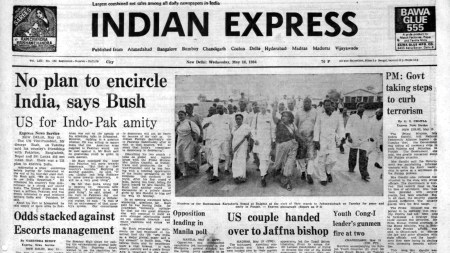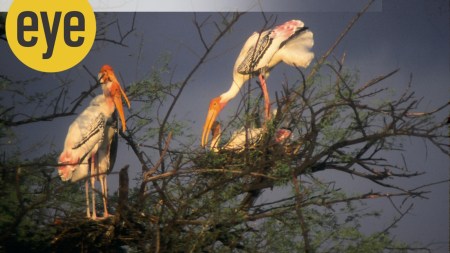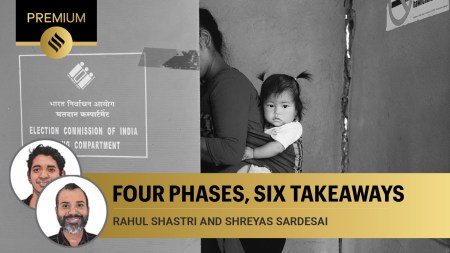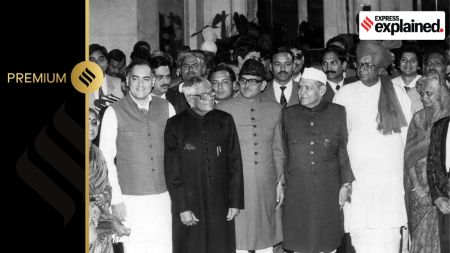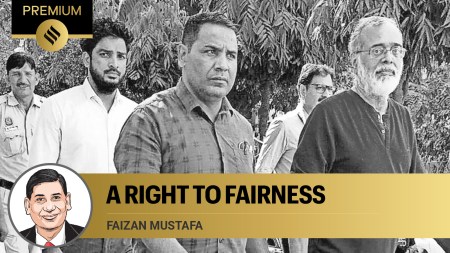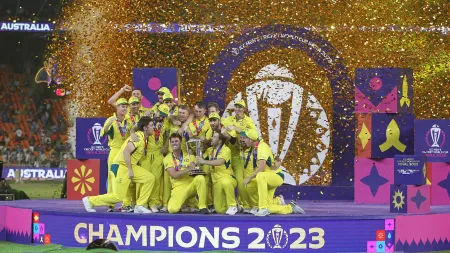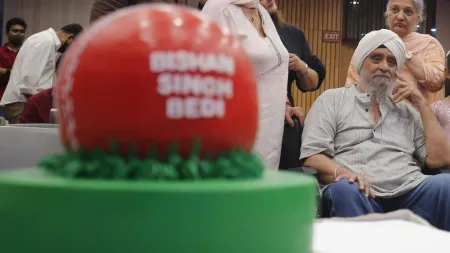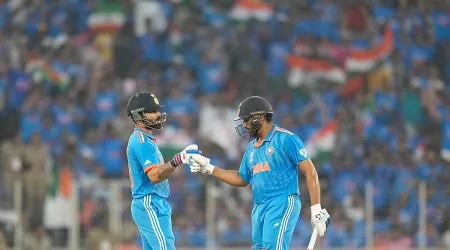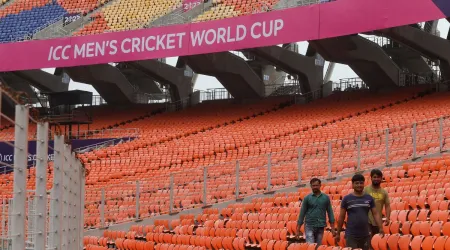- India
- International
Missing athletes turn Indian Grand Prix into a farce
Though lesser number of events are scheduled for a Grand Prix — 17 in all in the second leg — three of them had to be cancelled.
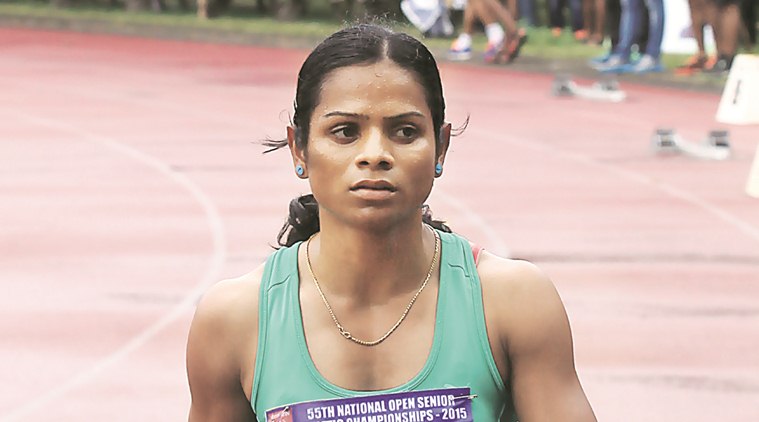 At the Indian Grand Prix, Dutee Chand couldn’t match her Federation Cup timing. (File Photo)
At the Indian Grand Prix, Dutee Chand couldn’t match her Federation Cup timing. (File Photo)
Those who turned up at the athletics venue for the second leg of the Indian Grand Prix were bemused by the sight of a mixed race comprising three men and a lone woman athlete at the National Institute of Sport, Patiala. Some spectators even enquired if the rules allowed for Surya L, the only women competitor in the 5,000 metres, to run alongside the male competitors.
The Athletics Federation of India (AFI) was sticking to the rule book which allows mixed competition in races of 5,000 metres or longer when there is insufficient athletes to justify conducting separate races.
Rules don’t allow mixed races in certain major international meets but it is permissible at an event of the stature of the Indian Grand Prix, provided it has the go-ahead of the organisers.
The poor turnout of athletes for the second leg of the Indian GP in an Olympic year was not restricted to the 5000 metres.
Jitin Paul, the 400 metre hurdler who is eyeing an Olympic berth, was left high and dry because he was the only athlete who showed up for the event. Itching to run, Paul entered in the men’s 400 metres final. This race too saw just four starters and of them one, Muhammed Kunju, pulled out as he came off the blocks to reduce it to a three-man field.

Though lesser number of events are scheduled for a Grand Prix — 17 in all in the second leg — three of them had to be cancelled — the men’s 400 hurdles and also the women’s long jump and the women’s 1,500 metres.
Points to ponder
The poor turnout at the second leg of the Indian Grand Prix, an opportunity for athletes to meet qualifying standards for the Rio Games, raises pertinent questions. Was the scheduling of the event responsible for athletes being fatigued? The Indian GP was the third domestic competition in less than a fortnight. Or did athletes who have not yet qualified for the Olympics — many of whom are leaving for training and competition abroad over the next few days — simply not turn up for the event?
Moreover, even those who have been deemed to have ‘potential’ to qualify for the Olympics could not meet standards on Friday.
The Athletics Federation of India secretary CK Valson said the turnout was below expectation and as a result the meet had lost its relevance. “The athletes complain to the AFI that they don’t get enough number of competitions. But when we conduct competitions in an Olympic year, they don’t turn up. It looks bad when certain events at a competition have to be cancelled in an Olympic year,” Valson said.
A number of athletes who didn’t turn up for the second leg of the Indian GP cited ill-health after being exposed to the heat and pollution in Delhi and the dust at the poorly maintained Jawaharlal Nehru stadium, where the Senior Federation Cup was held last week.
“If athletes are genuinely unwell we can’t force them to come here and participate and in such a scenario our hands are tied. But having to cancel events in a national competition because of lack of sufficient entries is not an ideal situation,” Valson said.
The AFI secretary said the Federation Cup could not be moved out of Delhi, where pollution levels are high, and at least a dozen athletes had to be taken to the hospital, at the last moment. “We could not hold the Federation Cup in the south of the country because of the elections in the two states of Kerala and Tamil Nadu. Moreover, Hyderabad and Bangalore were already allotted other meets for the year.”
Three is company
In Patiala, some of the events which were conducted just had three participants, the minimum number required for official results to be declared.
In the women’s triple jump the participants were Shilpa Chacko, Sheena NV and Pooja. Mayookha Johny has a season best of 14.09 metres (Rio Qualifying Standard is 14.15m) but is recovering from an ankle sprain which she suffered during her first attempt in the event at the Federation Cup. She did not participate here, which meant the event was only of academic interest.
The men’s triple jump was also reduced to a farce. Arpinder Singh, the Glasgow Commonwealth Games bronze medallist, was one of the four jumpers who participated. But his best effort on the day was 15.93 metres, which fetched him gold but was below par for a jumper of his calibre. The qualifying standard in the men’s triple jump is 16.85 metres and Arpinder’s recent form — he is one of the Indian athletes training aboard — has been a cause of worry.
The men’s long jump was also a three-horse affair with Ankit Sharma winning gold with a jump of 7.92 metres.
There was anticipation around the first event of the day, the rescheduled women’s 100 metre dash with Dutee Chand, who missed the qualifying mark by one-hundredth of a second last week, up against the talented Srabani Nanda and the resurgent Jyothi HM, the mother of a four-year-old. Dutee won gold with a timing of 11.37, down from the 11.33 she clocked at the Federation Cup.
However, the women’ 400 metres comprised two races which were time trials to gauge the form of the athletes who will make up the 4×400 metre relay squad. MR Poovamma (52.67) beat Anilda Thomas (53.10). The latter had beaten the former in the last two meets and the reverse result indicated that competition remains fierce between the relay women — one of the few takeaways from an otherwise disappointing second leg of the Indian GP.



